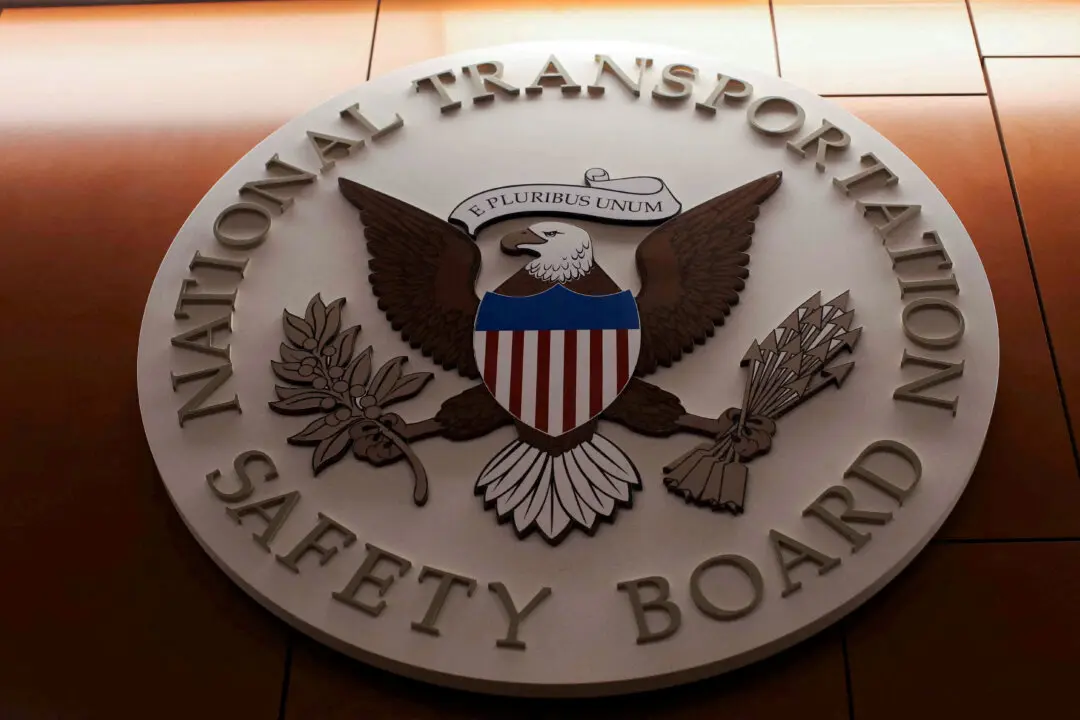NEW YORK—Global equities and benchmark U.S. bond yields tumbled on Friday in volatile trade after data showed U.S. job growth slowed considerably in November and the Omicron variant of the coronavirus kept investors on edge.
Nonfarm payrolls increased by 210,000 jobs, the fewest since last December, but the unemployment rate plunged to a 21-month low of 4.2 percent and 594,000 people entered the labor force, the most in 13 months, indicating a rapidly tightening labor market.





